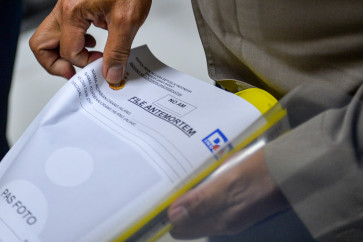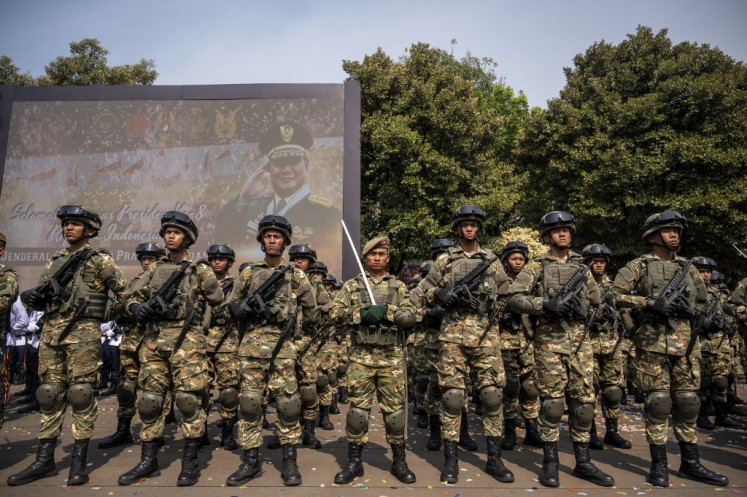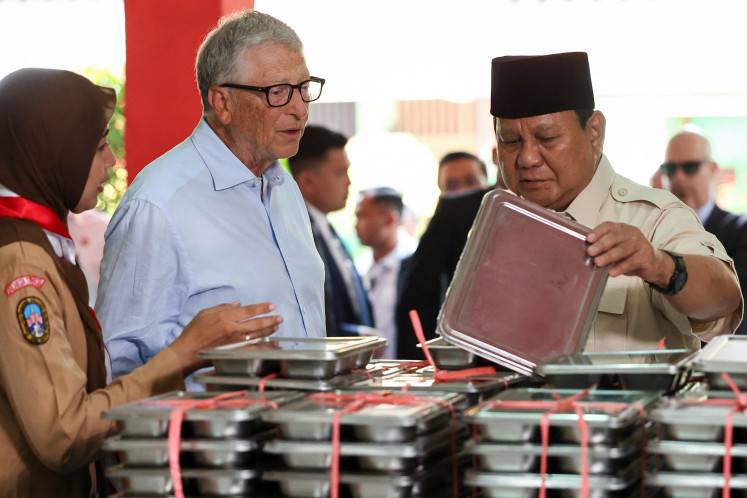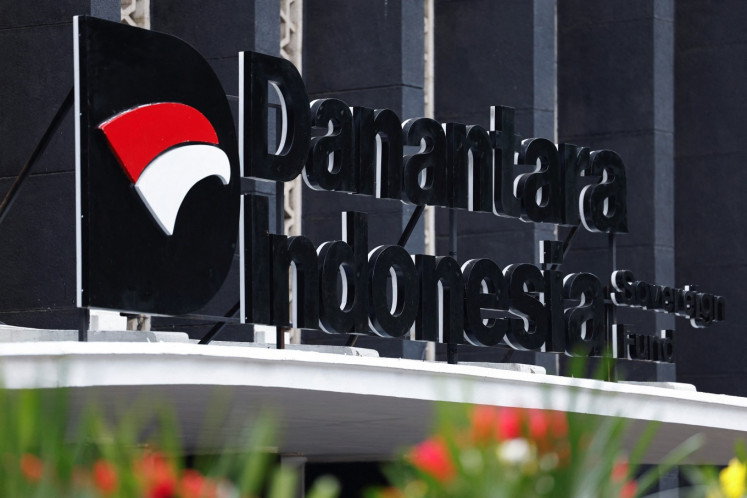Re-visiting ASEAN principles amid Indo-Pacific tension
ASEAN’s credibility comes from its ability to engage all great powers as well as other countries in the region.
Change text size
Gift Premium Articles
to Anyone
 An oil rig in the middle of South China Sea. (Shutterstock/File)
An oil rig in the middle of South China Sea. (Shutterstock/File)
J
ust before his recent visit to Jakarta, United States Secretary of Defense James Mattis revealed the first US National Defense Strategy (NDS) in 10 years at the Johns Hopkins University School of Advanced International Studies. The 2018 NDS acknowledges the return of the great-power competition in the American strategic perspective by positioning China and Russia as strategic competitors with the US.
For the US, the NDS is a wakeup call that the post-Cold War holiday from history is over. For the Indo-Pacific region, where most of the simmering tension between the great powers stems from unresolved disputes at sea, the NDS signals a future increase in the US naval presence along the Indo-Pacific sea lanes.
In the 2017 National Security Strategy (NSS), the preceding document released by the White House, the Indo-Pacific region covers the west coast of India to the western shores of the US. As the juncture between the Indian and Pacific oceans, ASEAN is positioned right in the middle of this great-power rivalry.
With the plan for a US Navy aircraft carrier to visit Vietnam and proposal to strengthen maritime security cooperation with Indonesia in the North Natuna Sea, the US has wasted no time in validating this signal. As the US intensifies its influence in the Indo-Pacific region, an immediate reaction from other great powers in the region should be expected.
With the potential flashpoints along the Indo-Pacific region, this competition might spiral into an armed conflict involving the great powers. As the only regional architecture in the Indo-Pacific region, ASEAN needs to harmonize this 21st century great-power competition. But it can only do so by revisiting its founding principles.
ASEAN’s credibility comes from its ability to engage all great powers as well as other countries in the region. These countries’ active participation mainly comes from the confidence of these countries in ASEAN’s mechanism and its guiding principles, especially in neutrality and non-interference.
While often being blamed for ASEAN’s cautious response, these principles assure all countries that the ASEAN mechanism is not about finding attributions but to peacefully reach a balance of interests between opposing parties.

















